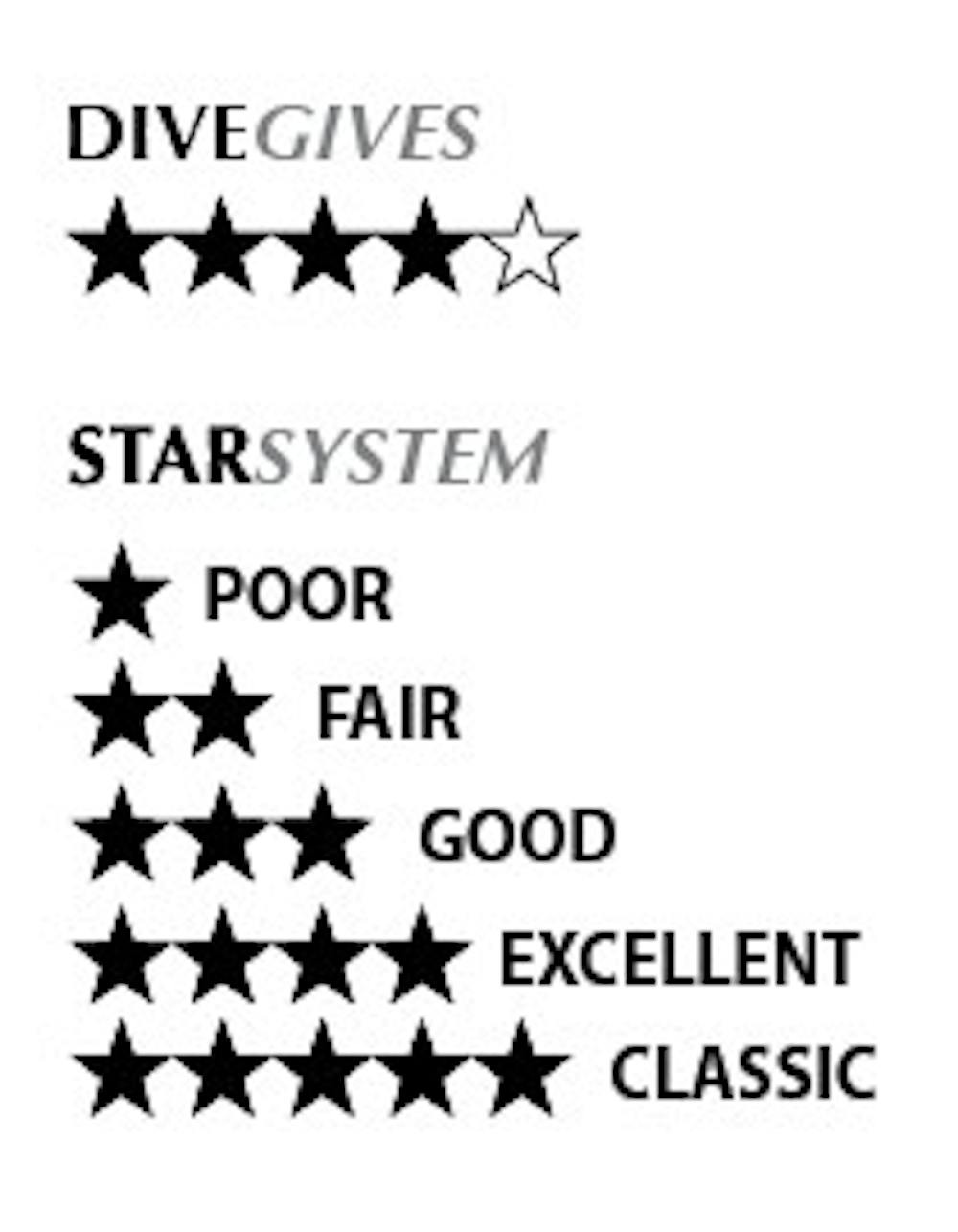Two distinct artists took the stage Wednesday at Memorial Hall, but they combined their different styles of art to create one experience.
“Pictures Reframed” forced viewers to approach the art in a different way, as they were engaged both musically and visually, without one overwhelming the other.
The stage was set up like a pentagon, with screens hanging above and around the piano.
In the final piece, an 1874 work by Modest Mussorgsky called “Pictures at an Exhibition,” Leif Ove Andsnes played piano while Robin Rhode provided images.
Mussorgsky intended to create a tribute to his late friend, artist and architect Victor Hartmann, by using some of Hartmann’s art as inspiration for a corresponding musical narrative. This subsequently produced some of the most innovative and renowned compositions in Russian classical music.
One of the interesting aspects of reinterpreting Mussorgsky’s work is the fact that Andsnes and Rhode worked in reverse of the original.
They already had the music. It was the application of contemporary art and the addition or subtraction of different musical pieces that redefined this performance.
The concert had a definite infusion of childlike playfulness, typical of Rhode’s artwork that worked well with the unpredictable movement of the music.
The energy vacillated between languid and hyperactive. Light-hearted images drawn by Rhode, such as children on bicycles or piloting chalk planes, contrasted with more serious illustrations.
The serious episodes involved abstract images that had an almost violent tone. The music became more chaotic when a keyboard made of chalk pieces appeared, played by disembodied hands. It later fell apart, leaving a chalky mess in its wake.
Throughout the show, the music determined the tone of the images, not vice-versa.
The performance had a clever layout. It began with an exclusively musical act and no corresponding visual element.
Though it was difficult not to view the show as a movie, the initial musical focus engaged the auditory senses foremost.
The dramatic feel of the show was brought to a resounding conclusion during the performances’ final episode — a drowning piano.
Contact the Arts Editor at artsdesk@unc.edu.
Concert review: Performance merges styles

Dive gives 4 of 5 stars


